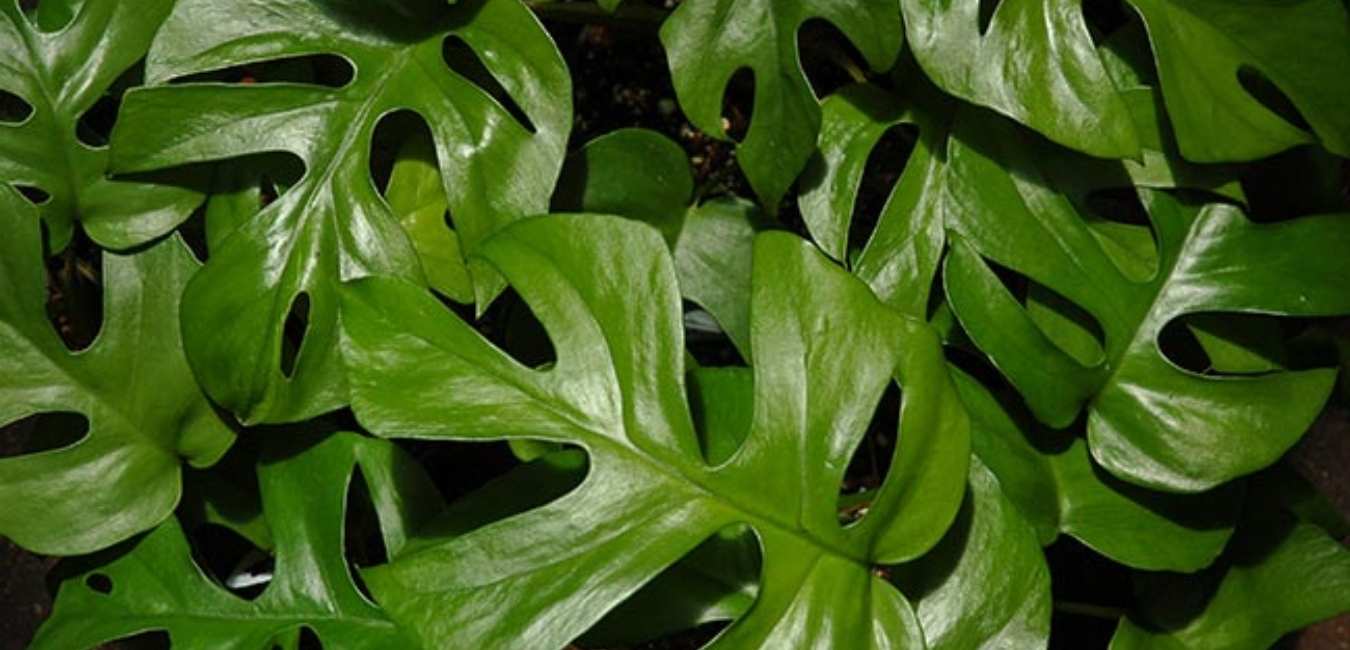Rhaphidophoras are easy-going plants that have attractive leaves with fenestrations or holes. With a vigorous climbing growth habit, it’s a good plant to add lushness and a jungle feel to any space.

RHAPHIDOPHORA
Varieties from our listing
Interested to buy a plant from this group?
See what we have available HERE
Below is a general care guide for Rhaphidophoras which can slightly differ depending on variety.
Light & Temperature
Rhaphidophoras prefer bright, indirect light. Avoid spots with direct sunlight as this will be too much for the plant.
In terms of temperature, this plant likes to be in a warm, but not too hot, space. Avoid areas with cold drafts or hot, dry air coming from vents.
Watering, Humidity & Misting
The soil of your Rhaphidophora should be kept moist but never soggy. Water the plant thoroughly when the top 1-2 inches of the soil has dried out. Ensure that the plant has fully drained before returned to its tray to avoid the plant from sitting in water.
Since Rhaphidophoras are native jungle dwellers, it’s a good idea to give them a humid environment to grow in. Misting can be done regularly or grouping them with other humidity-loving plants can also create a more humid climate.
Soil and Repotting
Plant your Rhaphidophora in a light, moist, well-draining potting mix. Because of its vigorous vining nature, your Raphidophora will need support (such as a moss pole) as it grows and an annual repotting. Keep an eye out for roots poking out of the drainage holes - this is a sign that it’s time to repot your plant to a bigger planter. You can also prune back the vines and save the cutting for propagation.
Propagation
You can easily propagate Rhaphidophora stem cuttings in water, making sure the aerial node is submerged well below the water line. Place the container in a warm place with bright, indirect light. In a few weeks, you should be able to see tiny roots develop from the node. When the roots are a few inches long, plant the cutting in a pot with moistened soil.
Fertiliser
Use a balanced fertiliser formulated for houseplants. Follow the directions on the label of our Down to Earth. organic plant food.
Toxicity
Rhaphidophoras are toxic if ingested and should be kept out of the reach of children and pets.
Possible Issues
Under the right care and conditions, your plant will grow happy and healthy. But here are some issues you may encounter while caring for a Rhaphidophora:
Spider mites - When spotted, treat immediately with a neem oil.
Leggy growth- This is usually caused by too little light. While your Raphidophora thrives in indirect light, make sure it gets sufficient amount of it.
Curling leaves - Be sure you’re not underwatering your plant. Check the moisture level of the soil and water when it is 1-2 inches deep dry.
Yellowing leaves - The most common cause is improper soil moisture - in particular, overwatering. Allow the top 1-2 inches of the soil to dry out before watering your Rhaphidophora again.